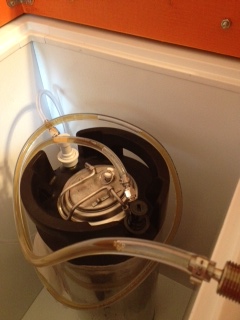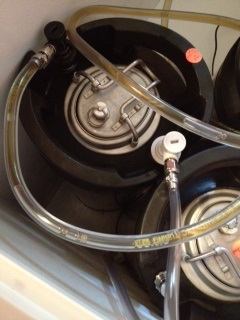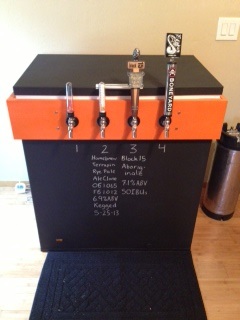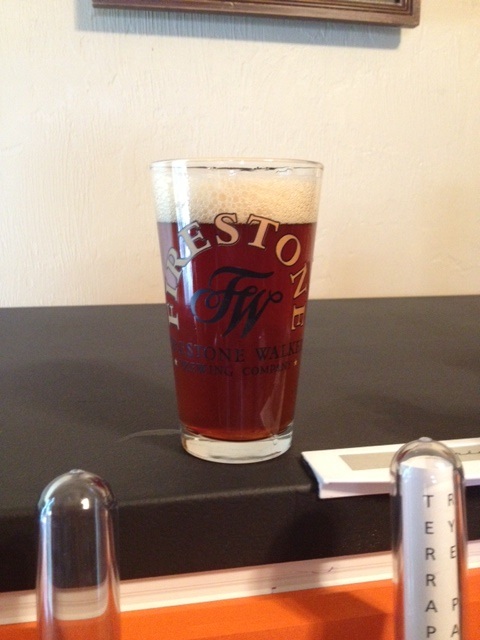therackman
Well-Known Member
- Joined
- Feb 11, 2013
- Messages
- 74
- Reaction score
- 5
First keg on tap in newly built keezer and I am trying to troubleshoot foamy pours that I believe are resulting from air in my liquid lines. The first pour is always foamy. Below, I've included a couple pics of my liquid line.
I am running 5 ft of 3/16" bev line at 38-40 degrees around 10 psi.
I thought it was likely from a leaky out post or poppet, so I cleaned, relubed and pressure tested and the outpost held pressure fine. Now I don't think this is the problem. Other suggestions have been that it's due to the line being too warm, but I have a fan circulating air and the line and shanks feel cool to the touch.
Please offer any thoughts on how to troubleshoot this. Thanks in advance!



I am running 5 ft of 3/16" bev line at 38-40 degrees around 10 psi.
I thought it was likely from a leaky out post or poppet, so I cleaned, relubed and pressure tested and the outpost held pressure fine. Now I don't think this is the problem. Other suggestions have been that it's due to the line being too warm, but I have a fan circulating air and the line and shanks feel cool to the touch.
Please offer any thoughts on how to troubleshoot this. Thanks in advance!















![Craft A Brew - Safale BE-256 Yeast - Fermentis - Belgian Ale Dry Yeast - For Belgian & Strong Ales - Ingredients for Home Brewing - Beer Making Supplies - [3 Pack]](https://m.media-amazon.com/images/I/51bcKEwQmWL._SL500_.jpg)













































